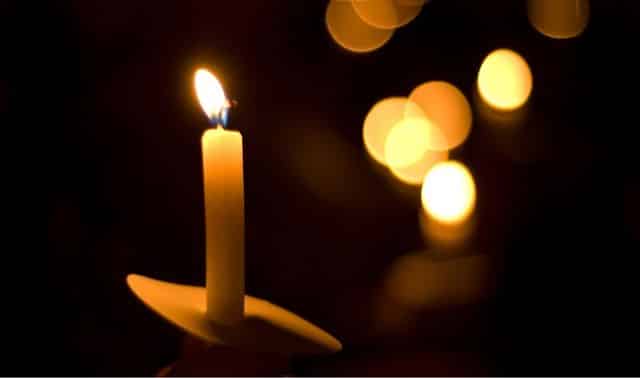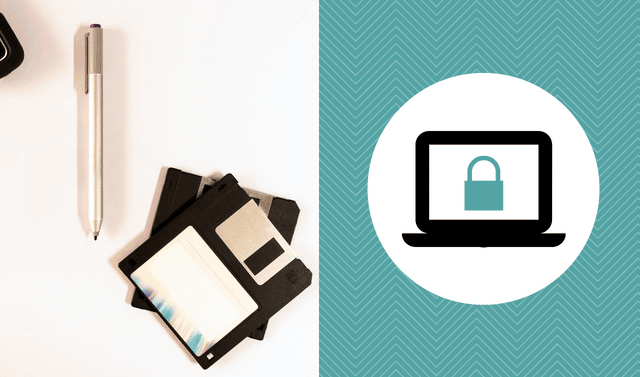Sign up for the Family Tree Newsletter Plus, you’ll receive our 10 Essential Genealogy Research Forms PDF as a special thank you!
Get Your Free Genealogy Forms
"*" indicates required fields
Ask the Archivist: Choosing Archival Supplies
Preserve your family heirlooms — and your budget — with help from Practical Archivist Sally Jacobs. She shares penny-pinching pointers she picked up while working on collections at the Library of Congress and the Wisconsin Historical Society.
Q. What are the benefits of using high-quality archival supplies?
A. There’s nothing magical about them that stops time, but they do slow down external factors that cause deterioration. Items that pass the Photographic Activity Test (PAT) are not going to interact with your photographs over time. Archival tissue cushions artifacts and helps them keep their shape. Metal edges give archival boxes strength and allow the box to be put together without potentially harmful glue.
Q. What’s wrong with clear plastic storage bins?
A. If you do use plastic, it needs to be inert (polyethylene or polypropylene). The main drawback of plastic is that it doesn’t breathe. Your artifact is stewing in its own juices.
Q. If I can’t afford archival storage for all my family treasures, how do I prioritize?
A. Carefully select heirlooms worth the investment. You can do a lot of weeding with recent photos. A generation down the line, your family won’t care about a vacation photo if you’re not in it. This is less true with ancestor photos.
Q. Does every photo, letter or document need to be stored individually?
A. No. It’s perfectly OK to take a small stack of similar size photos that are in good shape and put them together in an archival envelope. Different sized photos shouldn’t be stored together because sharp corners can rub the emulsion off other photos. Letters are hardier than photos. Take them out of envelopes and flatten them before you store them.
Q. How can I save money on archival supplies?
A. Black document boxes can be most expensive; the cheapest ones are often the blue-gray ones. Some boxes ship flat, which will save money on shipping. Buy the least expensive archival option; with documents you don’t need to pay extra for a photo-safe environment. Combine your order with friends or purchase through your society to take advantage of quantity discounts and to save on shipping.
Q. Which archival storage supplies are best for which artifacts?
A. My website has a custom search engine I call the Answer Machine. Enter search terms such as textiles or jewelry to find expert preservation advice from authorities such as the Library of Congress and the Smithsonian. Or request a free copy of Gaylord’s Guide to Collections Care.
Archival Action: Archive Old Letters
Time: 1 hour +
Cost: about $15 per box
- Wash and dry your hands thoroughly or put on white cotton gloves.
- On a clean tabletop, stack the letters in their original order.
- Remove the contents from the envelopes carefully. Keep letters and envelopes together, but don’t staple or clip.
- Gently unfold letters to prevent further deterioration at the creases.
- Place any memorabilia in the letters (photos, news clippings) in a separate file folder insert. On the insert, note which letter the item came from, along with other identifying information (such as the name of a person in a photo) in case the original letter is lost.
- Place letters, envelopes and memorabilia in archival folders (letters may be grouped together within folders).
- Label archival folders with dates and the correspondents’ names.
- File the letters in their original order in an archival box and store the box in a dry, climate-controlled space.
Resource Roundup
- Letter-size document case, $5.85 each for three or more, Hollinger Metal Edge, (800) 634-0491
- Letter-size archival file folders, $35.29 for 100, University Products, (800) 628-1912
- 10×20-inch sheets of acid-free, buffered tissue paper, $18.50 for 500, Talas, (212) 219-0770
- The Joy of Organizing Photos webinar, $75, The Practical Archivist
From the July 2011 issue of Family Tree Magazine
More great genealogy resources from Family Tree Magazine:
ADVERTISEMENT




